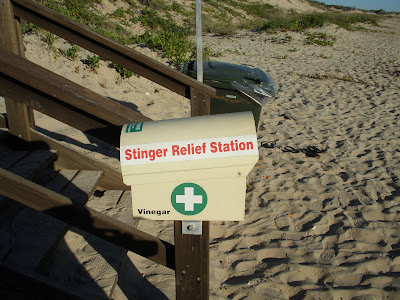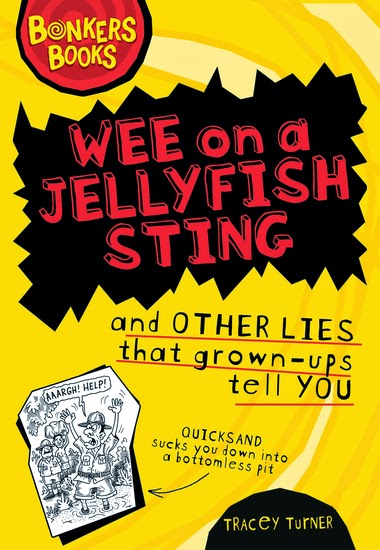Raising Awareness, Lowering The Odds

I read recently that the American National Safety Council state that the odds of dying over the period of one year due to an air/space transport accident are 1 in 500,000.
Box jellyfish are responsible for deaths and injuries in Thailand, Malaysia, Philippines, Indonesia and throughout South-East Asia. In Thailand, safety is improving but precautions still need to be taken here and in less prepared nearby countries. Since 2009, we have provided accurate information about safety, stings and the world's most venomous animal. Today, we remember all of the victims who were tragically killed by box jellyfish. This blog is dedicated to Moa Bergman (02/03/97-03/04/08).


